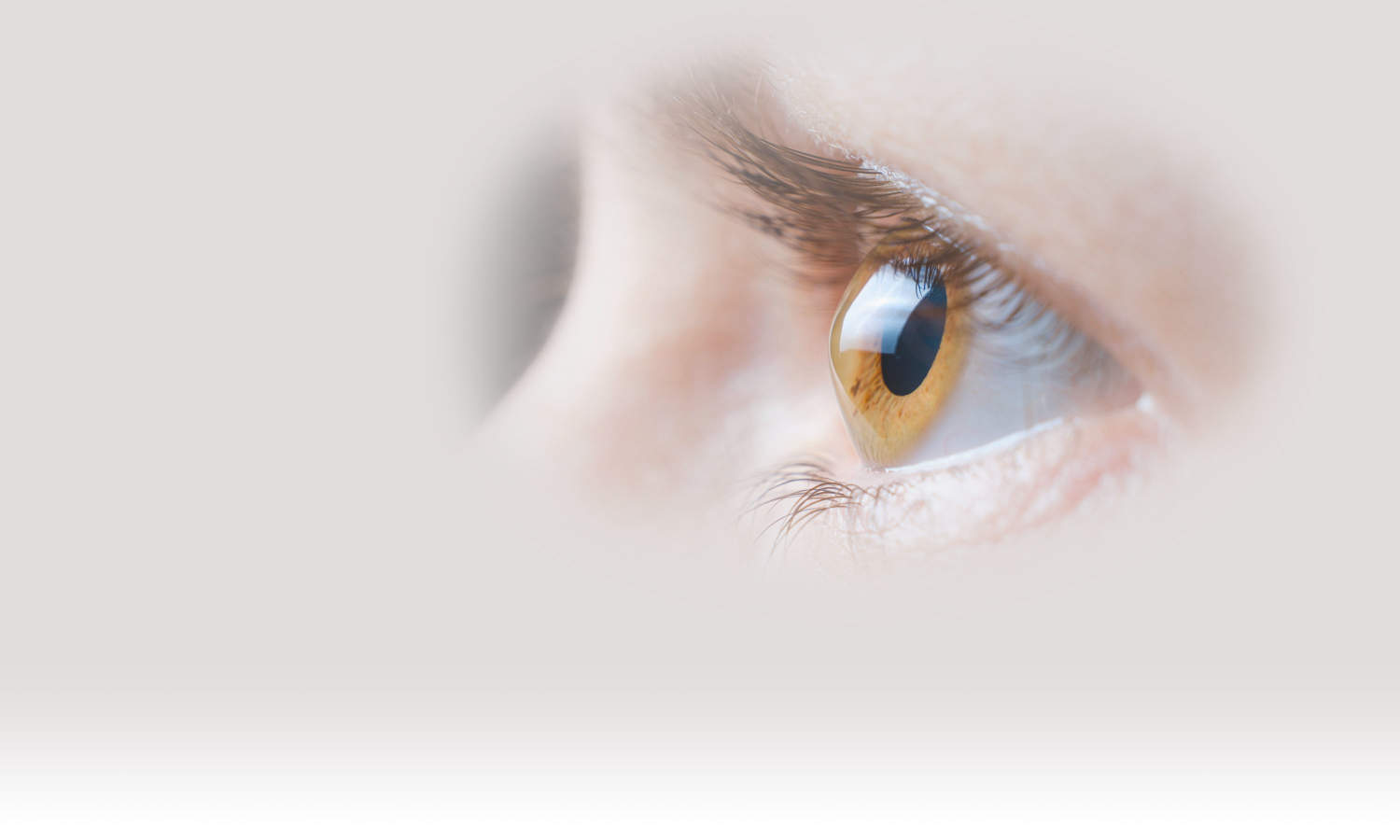
The ArtLife Ophthalmological Centre
CORNEAL CROSS-LINKING
PROCEDURE (CXL)
It increases the chance for a positive result of qualification for laser vision correction in people who were previously disqualified from the procedure due to keratoconus.
Keratoconus is a corneal disease in which the central or medial part of the cornea undergoes spontaneous, progressive thinning and bulging, taking the shape of a cone. Such reshaping of the cornea causes rays of light to blur, resulting in blurred and distorted vision, making it difficult to carry out everyday activities, such as reading and driving. It contributes to the emergence of irregular astigmatism.
During the procedure, riboflavin is instilled several times on the cornea of the eye, at few-second intervals, and then it is irradiated with a specially designed UV lamp. This leads to tighter cross-links being formed between the collagen fibres, which in turn contributes to the inhibition of the keratoconus progression. The whole procedure is performed under local anaesthesia in the form of eye drops.
The CXL procedure is always preceded by a qualifying examination during which an ophthalmic surgeon checks all the necessary corneal parameters and selects the most suitable procedure method. Our Centre offers two cross-linking methods and the choice depends on how advanced the disease is. The methods we offer are:
Prior to the procedure, patients should stop wearing soft contact lenses at least 7 days before the procedure and hard or toric lenses – 3-4 weeks before the procedure.